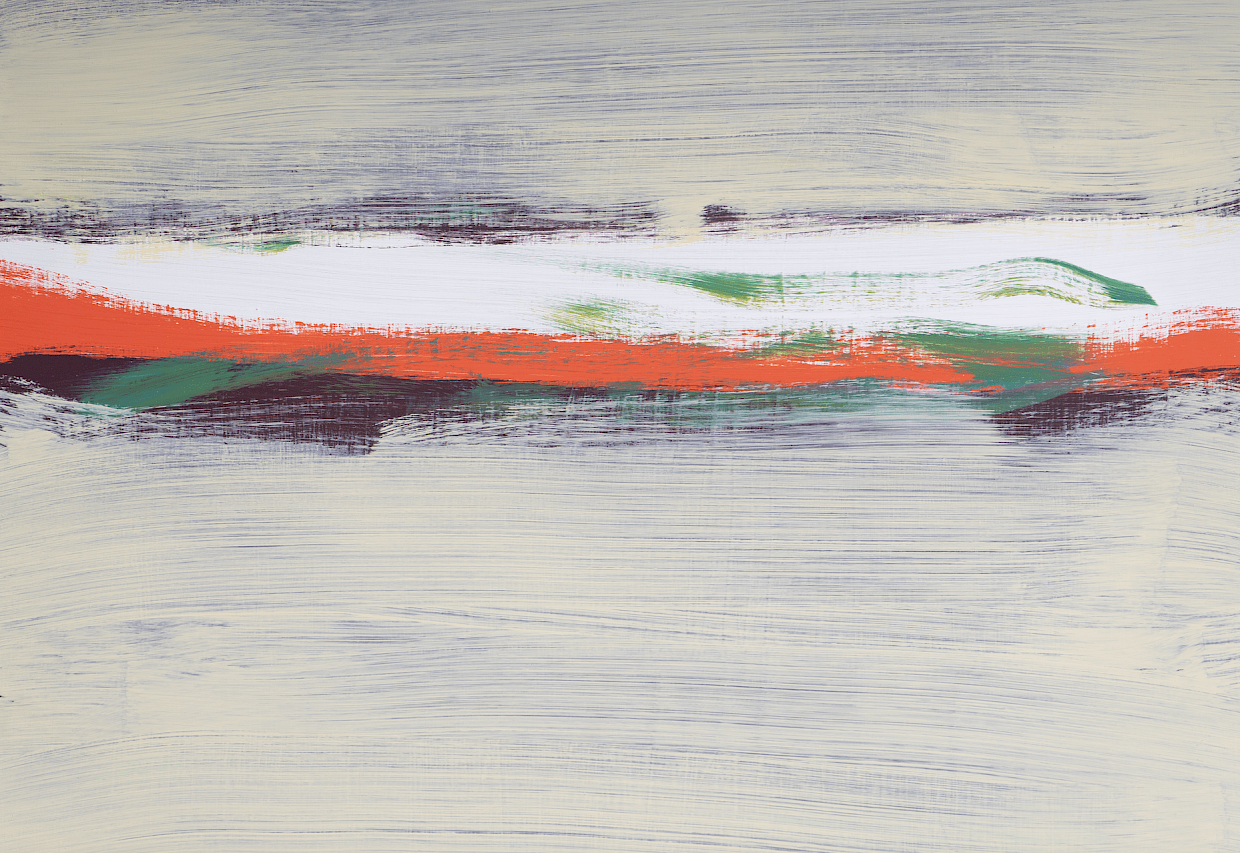

Jon Pestoni (b. 1969)
Face Lift

In art, careers can take off remarkably fast. Imagine showing your final presentation at the art academy and just over a year later, a well-known gallery offers you a contract. The art market demands success stories and different mechanisms respond to it. The “right” collector shows interest in your work, the “right” magazine includes you in their top ten not-to-miss list and a positive vibe surrounds you as a person. It happens to artists all the time and it happened to Jon Pestoni as well. Anyway, those who rise quickly can fall equally fast, because the art industry also gets bored easily. But it is important to continue to work with integrity. Pestoni seems to be able to escape the whims of the market reasonably well and continues to work quietly on a solid repertoire. A&O Shearman discovered him early on at a small group exhibition in Amsterdam. The exhibition featured seven works by him, six of which had already been sold. Luckily for us, Face Lift turned out to be the true gem, overlooked by many art lovers before us.
The dry, matt paint, probably pigment mixed with egg yolk (tempera) is strongly reminiscent of the beautiful paintings by Dutch artist Robert Zandvliet, who is about the same age as Pestoni. The image, abstraction with a hint of landscape painting, also reminds us of Zandvliet’s work. However, Pestoni seldomly works as a landscape artist and Zandvliet almost never really moves into abstraction. What they do share is the technique of layering the paint and a clear preference for broad brushes.
Painting in layers is a classic way of adding extra depth to an image. The pale green, a variation of dark sea green, is painted over a dark brown, almost black layer of paint. As a result, the green contrasts even more strongly with the white-red horizontal stripes across the painting. Not only is layering a tool for three‑dimensionality, but it also fits Pestoni’s intuitive way of working. He argues that he never makes decisions upfront and that he paints layer upon layer until the right colour and shape comes into existence. The dry paint is of great use to him because, despite the many different layers, his canvases seem to “breathe”. He never completely fills a canvas, which keeps the image light and attractive to look at.
The broad brush, also known as the “signature brushstroke”, is becoming increasingly important in Pestoni’s oeuvre. In his more recent paintings, he almost seems to paint with a broom, or at least a very large brush. You can already see this technique taking effect in Face Lift. Look at the horizontal green, where the brush is pulled from one side of the canvas to the other. Once on the other side, Pestoni does not remove his brush from the canvas, but turns his arm around and paints his way back. As a result, the sides are not completely green, but darker bits remain underneath. Indeed, Pestoni knows how to please the viewer’s eye. He sometimes knows it too well, but mostly he’s spot-on.
